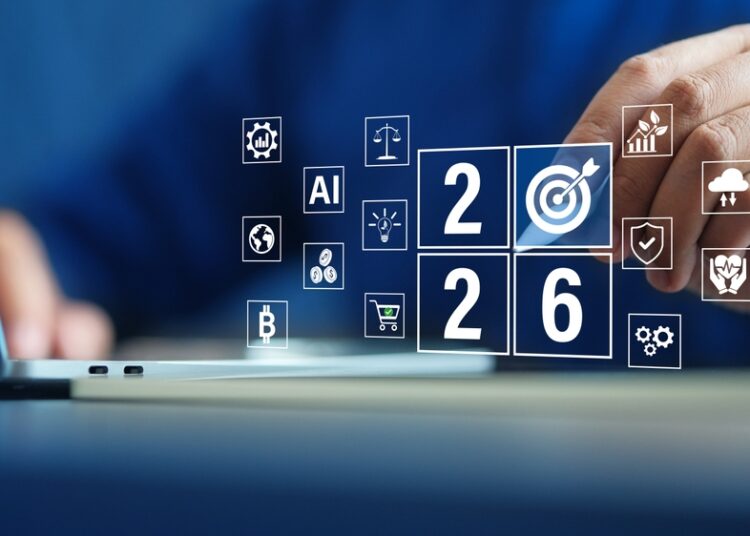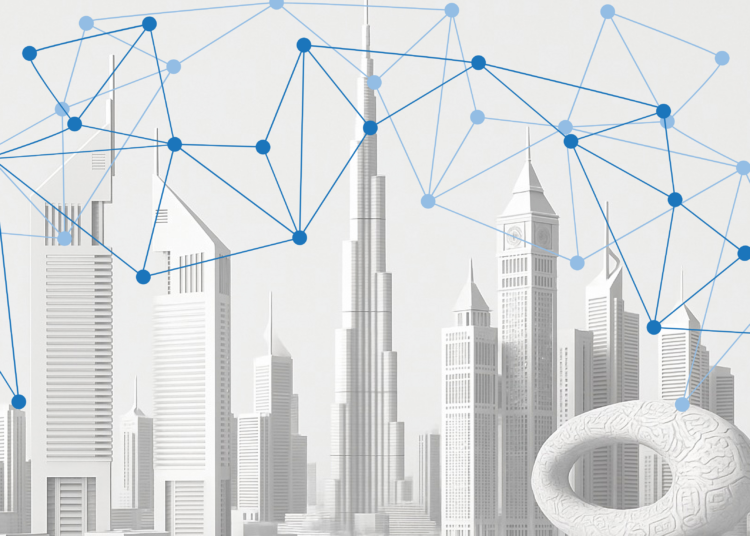IT pros play a daily game of triage, always almost catching up with lengthening worklists and an ever-expanding number of disparate tools to master. Something must change because otherwise, healthy and motivated IT pros face burnout, physical stress, and reduced productivity, which is the road to permanently inefficient business.

One fix is observability, the increasingly adopted ability to measure the internal states of your IT system with the information provided by its output. Observability surpasses traditional monitoring by reducing the operational noise that can bog down ITOps, DevOps, and security teams. Teams can proactively detect issues and anomalies for optimum IT performance and compliance by looking at end-to-end service delivery and all component dependencies, freeing time to focus on more strategic business initiatives.
And the biggest bonus? There is the potential for zero percent downtime because the system can automate a rapid response when an observability system is powered by AI/ML models explicitly tuned to handle IT operations (AIOps).
Get the Bigger Picture
Observability is how traditional monitoring evolves in the modern era of IT architecture. The monitoring we’re familiar with captures and processes volumes of infrastructure and application telemetry data and notifications. It displays which components are up, which ones are down, and which ones have changed. But it only focuses on a specific network, cloud, or infrastructure and tracks discrete application and infrastructure elements. It looks for a single strand, not the whole cloth. It watches the trees but misses the forest.
Modern systems are multi-cloud or hybrid and need to be connected across compute, application, and database domains. These systems generate a torrent of telemetry data, which monitoring may not be able to support for cross-domain correlation, service delivery insight, operational dependencies, or predictability. In short, monitoring’s piecemeal approach doesn’t meet the needs of a competitive, digitally transforming business.
Observability measures the internal states of systems by examining the outputs. It looks at applications and systems, including end-user experience and server-side metrics and logs. It takes the information gathered by monitoring and builds upon it. A well-built observability system should use AI/ML to rapidly identify course correction or provide the essential insights for an IT pro to act right away.
The Benefits of Observability
IT organisations can continuously improve performance, availability, and digital experience across complex, diverse, distributed hybrid, and multi-cloud environments. There are three main areas of business success firms should expect as observability adoption widens.
Reduced downtime: Save the excitement for elsewhere because with observability, service is predictable, and downtime is significantly reduced. In addition, teams can become more proactive in issue and anomaly detection to achieve optimum IT performance, compliance, and resilience. Organisations can also gain comprehensive, integrated, and cost-effective functionality through cloud-connected on-premises or Software as a Service (SaaS).
Less guesswork: The piecemeal approach we once lived with is gone. Instead, when end-to-end observability includes ML and AIOps, it utilises the large volume of gathered data and supplies insights, automated analytics, and actionable intelligence. Teams gain a macro view of their entire system and quickly learn where the problems are.
Observability speeds problem resolution: Observability supplies insights, automated analytics, and actionable intelligence to rapidly resolve problems. It also works across massive real-time and historical metrics, logs, and trace data.
Customers and employees benefit from observability because the system runs better. At the same time, IT pros spend less time catching up and more time improving processes and learning new tasks.
We need observability because we can’t afford system downtime, and our IT pros must gain the breathing room to learn new skills. Observability is the technology we need today.










Discussion about this post